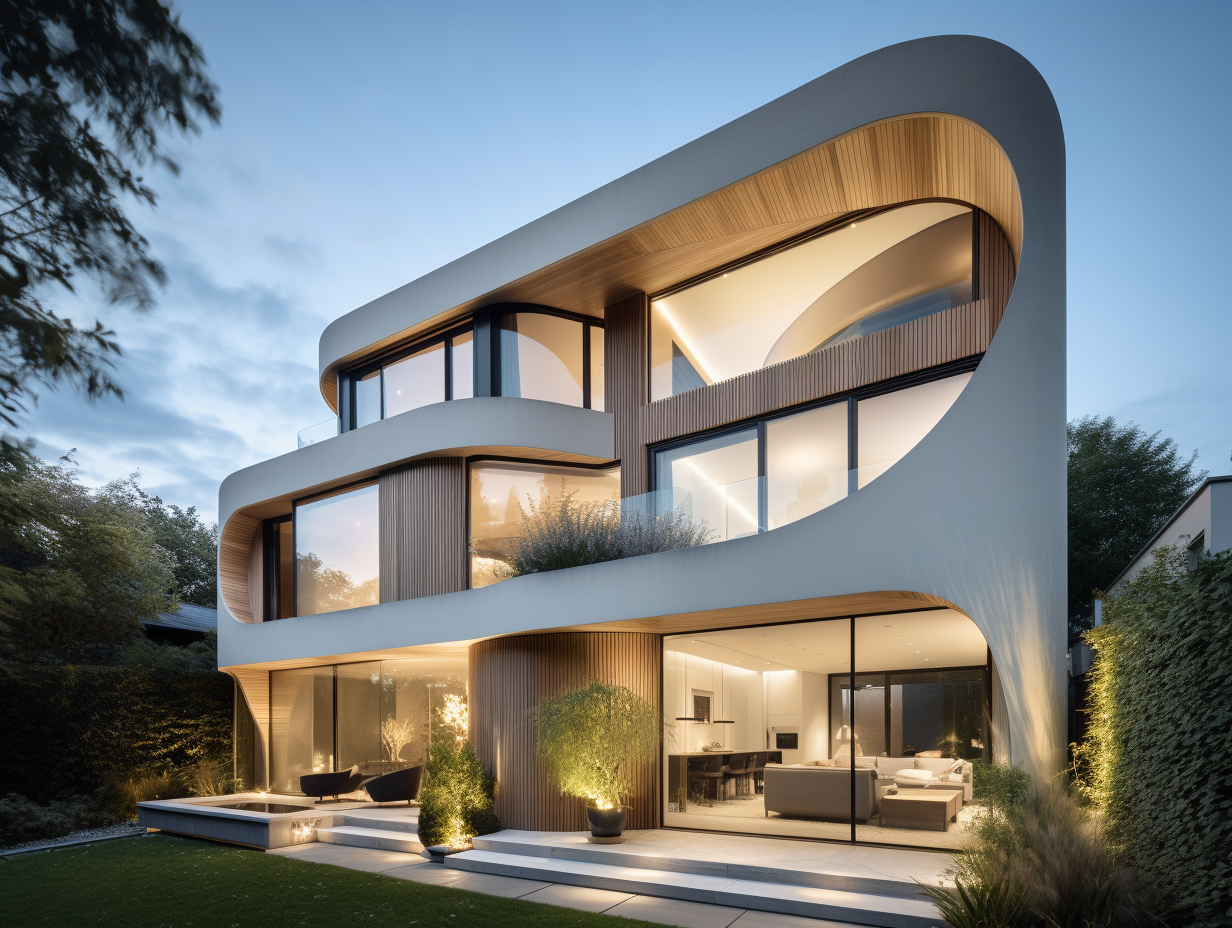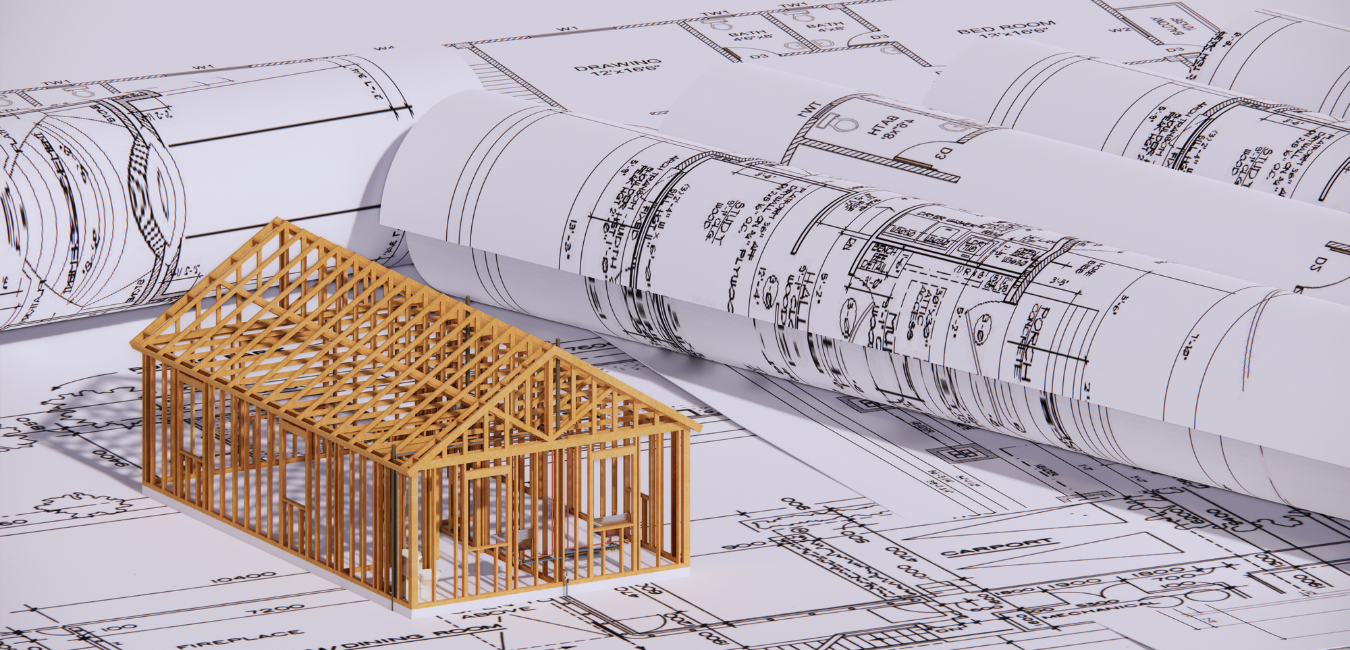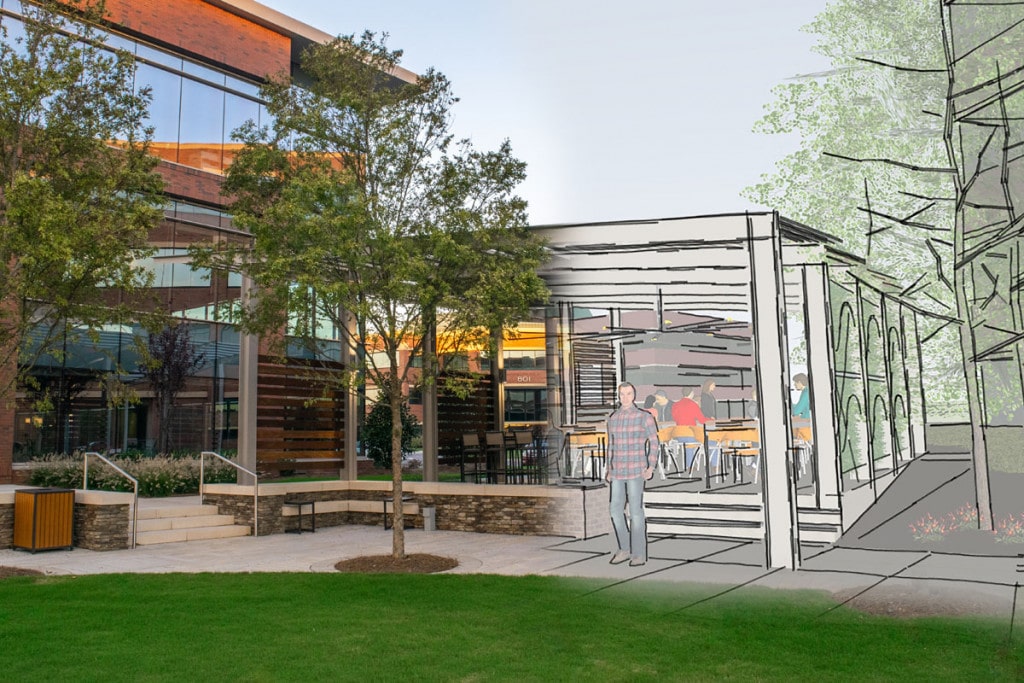Just How CDA Architects Integrate Eco-Friendly Practices in Architectural Projects
Just How CDA Architects Integrate Eco-Friendly Practices in Architectural Projects
Blog Article
A Comprehensive Introduction of Building Designs and Their Influence on Modern City Planning and Growth
Building designs have actually long acted as a mirror to the social worths and technological innovations of their time, playing a crucial function in shaping contemporary city preparation and advancement. From the majesty of Neoclassicism to the utilitarian method of Brutalism, each design has presented one-of-a-kind principles that affect city looks and functionality. As modern challenges arise, consisting of sustainability and community demands, comprehending these historic frameworks ends up being essential. The resulting discussion not just educates future design practices yet also elevates relevant questions about the equilibrium in between heritage and development in our developing metropolitan landscapes.
Historic Review of Architectural Styles

As societies transitioned with the Middle Ages, Gothic style arised, identified by its verticality and intricate outlining, matching the spiritual aspirations of the age. The Renaissance marked a resurgence of classical perfects, merging art and architecture in cutting-edge manner ins which affected succeeding designs throughout Europe.

Today, building styles proceed to advance, driven by globalization and sustainability problems, showing a dynamic interaction between heritage and technology. This historical summary highlights the significance of design as a mirror of societal development and as a catalyst for metropolitan development.
Secret Architectural Styles Explained
The variety of architectural designs mirrors the myriad impacts that form our built atmosphere, each embodying distinct attributes and cultural values. Key architectural styles include Classic, Gothic, Baroque, Innovation, and Postmodernism, each representing unique historical contexts and visual approaches.
Classic style, rooted in ancient Greece and Rome, stresses proportion, proportion, and making use of columns (cda architects). On the other hand, Gothic design, growing in the Middle Ages, is identified by pointed arcs, ribbed safes, and flying buttresses, producing an angelic top quality in sanctuaries. Baroque architecture, arising in the 17th century, is marked by grandeur, sophisticated embellishment, and a dynamic interaction of light and shadow
Modernism, which gained energy in the very early 20th century, prioritizes function over kind, utilizing new products like steel and glass to create minimal frameworks. Postmodernism, reacting versus the austerity of Modernism, embraces eclecticism and historical reference, commonly including spirited aspects and paradox.

Effect On Urban Preparation
In shaping the growth of cities, building styles dramatically influence urban planning decisions. The option of architectural style often dictates the aesthetic appeals, capability, and overall personality of metropolitan environments. Innovation, with its emphasis on minimalism and capability, encourages open spaces and the integration of technology, shaping city designs that prioritize effectiveness and accessibility. Conversely, standard designs might highlight historic conservation, leading to metropolitan styles that keep cultural heritage and advertise pedestrian-friendly environments.
Moreover, architectural styles can influence zoning policies and land utilize policies. Urban planners should consider the prevailing building patterns when creating districts, making sure that brand-new developments harmonize with existing structures. This factor to important source consider fosters natural urban landscapes and enhances neighborhood identity.
The implementation of specific building styles can also influence socioeconomic aspects within a city. Premium contemporary layouts might draw in upscale residents and services, leading to gentrification, while extra economical real estate remedies could prioritize functional and sustainable layouts to accommodate diverse populaces. cda architects. Inevitably, the interaction between architectural styles and metropolitan preparation creates vibrant cities that mirror both historic context and contemporary requirements, shaping the lived experiences of their occupants
Sustainability and Modern Architecture
Building designs play a critical function in dealing with contemporary challenges, particularly in the world of sustainability. As metropolitan locations increase and ecological concerns heighten, modern design progressively embraces lasting layout concepts that prioritize energy effectiveness, source preservation, and very little environmental impact.
Contemporary building activities, such as biophilic design and eco-friendly style, supporter for structures that integrate with their environments, using natural materials and promoting biodiversity. These styles usually include renewable resource sources, such as solar panels and wind turbines, to reduce dependence on fossil gas and reduced carbon impacts.
In addition, the assimilation of sophisticated innovations, such as wise building systems, boosts power management, enhancing source usage while making sure occupant comfort. Ingenious water monitoring methods, including rainwater harvesting and greywater recycling, further contribute to sustainable city environments.
Significantly, sustainability extends beyond environmental problems; it includes social and financial dimensions also. By promoting area health and advertising inclusivity, contemporary architectural designs line up with lasting growth objectives. The evolution of architectural techniques continues to form resistant cities that not only meet the needs of the present yet also protect the future for generations to come.
Neighborhood Interaction in Design
Community interaction in style functions as a critical bridge in between engineers and the populaces they serve, making certain that the built environment reflects the demands and ambitions of its individuals. This collaborative process invites community members to contribute their insights and preferences, cultivating a feeling of possession and responsibility towards the rooms they inhabit.
Reliable community involvement employs numerous methods, such as workshops, studies, and public discussion forums, to gather diverse viewpoints. These methods assist in a two-way discussion, permitting architects to comprehend local contexts while encouraging residents to articulate their worries and needs. This inclusivity not just improves the layout quality yet likewise advertises social equity by resolving other the one-of-a-kind difficulties faced by marginalized groups.
Moreover, community involvement can lead to innovative remedies that could not emerge in a typical style procedure. By incorporating neighborhood understanding and social worths, engineers can create spaces that reverberate more deeply with customers, boosting usability and sustainability. Ultimately, focusing on community interaction in style processes causes settings that support social communications, support health, and enhance area ties, consequently playing an essential function in shaping modern metropolitan landscapes.
Conclusion
Architectural designs have actually profoundly affected modern city planning and advancement, reflecting progressing cultural and technical contexts. The combination of historical looks with modern requirements promotes metropolitan atmospheres that focus on sustainability and neighborhood engagement. As cities proceed to expand and adjust, the continuous discussion between architectural heritage and go to this website contemporary style principles will stay important in producing comprehensive, vivid rooms that boost lifestyle and advertise social equity. The future of urban advancement depend upon this harmonious balance.
Report this page